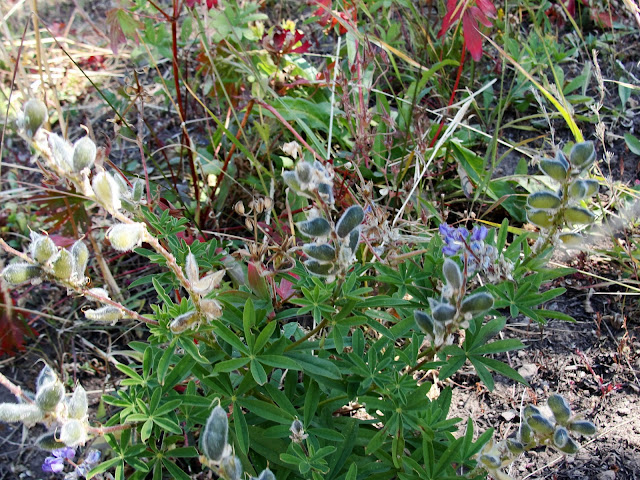Either the customers were very short, or a lot of dust has filled in the entryway.
About 500 people once lived in the immediate vicinity of the store.
This was the old boarding house, across the road from the store. The bachelor miners lived there. The boarding house was still standing the last time we drove through, about 5 years ago, but it looked as if a big wind would take it down. Apparently, the wind blew.
Founded as a mining camp in the early 1890's, the town was first called Ballard after the mine owner. The mine was sold a couple of times, and the town changed names to Neslin, then Sego after the sego lily, the state flower. I guess they were trying to buff their image with the new name.
The Denver and Rio Grande Western Railroad ran a spur line to the mine to transport the coal. Some of the trestles crossing the deep gullies have been washed away, but a few remain.
This may have been one of the nicer residences.
This home appears to have been less desirable. One of the town's least prominent citizens must have lived there.
The mine was closed in 1947 and the property was sold at a Moab auction. Probably due to a falling water table, no one rejuvenated the structures or re-opened the mine.
The "town" now houses only ghosts.
This grave has no name, but is adorned with a single plastic flower.
Among the dozen or so tombstones in the Sego cemetery, this one was the saddest.


















































